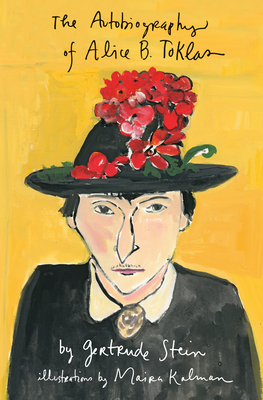
When it appeared in 1968, Manuel Puig's debut--a portrait of the artist as a child in small-town Argentina--was hailed as revolutionary. Borrowing from the language of "true romance" and movie magazines, the techniques of American modernism, and Hollywood montage, Puig created an exuberant queer aesthetic while also celepating the secret lives of women.
Hanging on the conversations of his mother, friends, and neighbors, Puig's stand-in Toto pieces together stories as full of passion, desire, and revenge as anything dreamed up for the silver screen. "A screamingly funny book, with scenes of such utter bathos that only a student of final reels such as Puig could possibly have verbally recreated for us" (Alexander Coleman, New York Times), it is also a bittersweet love letter to the golden age of Hollywood.







